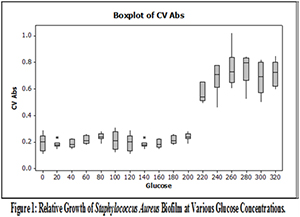Resorbable Hydrogel Provides Effective Anti-Bacterial Coating of Implants In Vitro and In Vivo
Authors: Romano Cl, Drago L, Haensch M, Van Mellaert L, Vogely C, Malizos K, Fini M, Meani E. IstitutoOrtopedicoIrccsGaleazzi, Milan, Italy
Title: Resorbable Hydrogel Provides Effective Anti-Bacterial Coating of Implants In Vitro and In Vivo
Background: Infections are among the main reasons of bone implants failure with high associated social and economical costs. Anti-bacterial coatings may offer an additional protection, reducing the ability of microrganisms to colonize implanted biomaterials.
Hypothesis/Purpose: Is a fully resorbable, biocompatible hydrogel, able to release antibacterial and antibiofilm agents in vitro? Is direct application of the same able to prevent infection occurrence in an in vitro model of peri-prosthetic infection?
Methods: This study was partially funded by the European 7th Framework Programme (Implant Disposable Antibiotic Coating, IDAC, research project # 277988).
The tested hydrogel (DAC®, Novagenit, Italy), a patented derivative of hyaluronan grafted with poly-D,L-lactic acid, is designed to be loaded with various antibacterial compounds and to be applied onto the implant surface. In vitro studies were conducted using DAC® coating on different biomaterials, including titanium, chrome-cobalt and polyethylene discs. The release of different antibacterial agents (vancomycin, ciprofloxacin, meropenem, gentamycin, amikacin, tobramycin, clindamycin, doxycyclin, linezolid, NAsalycilate and N-acetylcisteine) has been tested by means of gas chromatography and microbiological methods. In vivo studies were then performed on 35 rabbits divided in 7 groups. Animals were implanted with an intramedullary titanium rod in their femur, with a known inoculum of methicillin-resistant Staph. aureus and vancomycin-loaded DAC® at different concentrations (2% and 5%) and compared with controls.
Results: Regardless of the tested material, in vitro studies showed the ability of the hydrogel to be loaded and to sustain the release of the following antibacterial/antibiofilm compounds for up to 96 hours: vancomycin, ciprofloxacin, meropenem, gentamycin, amikacin, tobramycin, clindamycin, doxycyclin, linezolid, NAsalycilate, N-acetylcisteine.
In vivo studies showed a bacterial load reduction ranging from 94% to 99.9% using vancomycin-loaded DAC®, compared to controls.
Discussion: DAC®, a fast-resorbable antibacterial coating, can be loaded with various antibacterial compounds and significantly reduced bacterial colonization of a bone implant in the animal model.
Conclusion: Implant coating with a fully resorbable, antibacterial-loaded hydrogel may offer an additional protection against bacterial colonization and infection.

